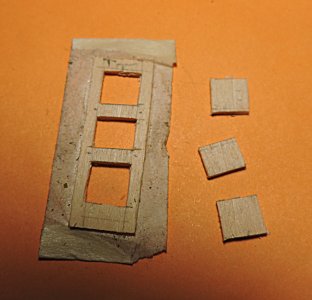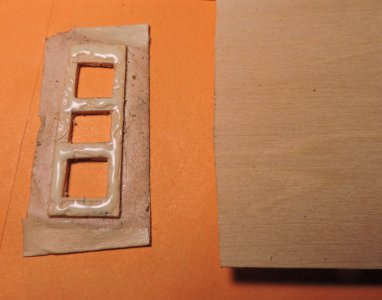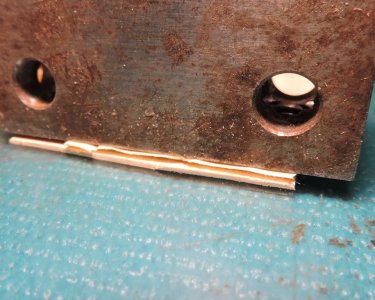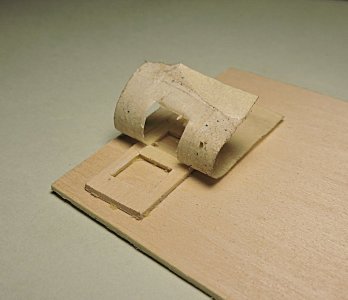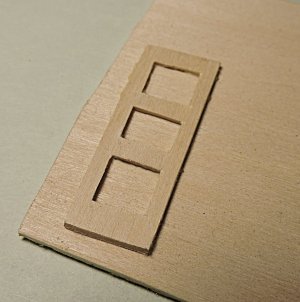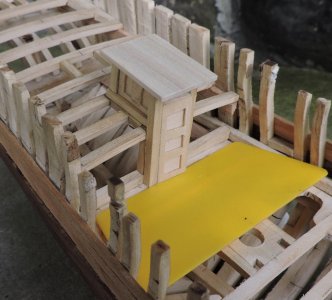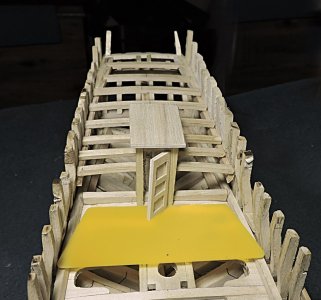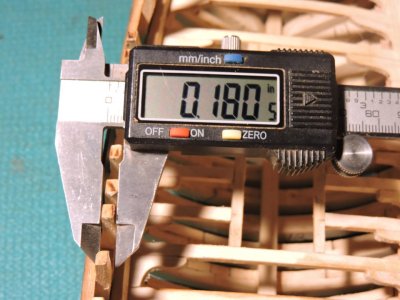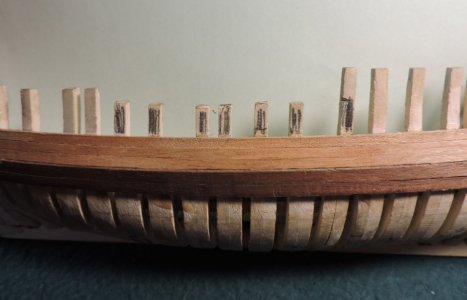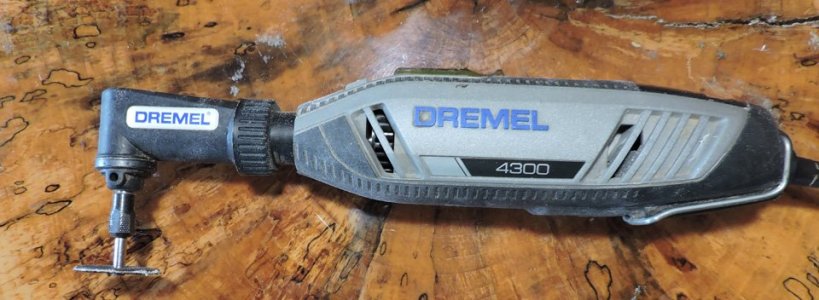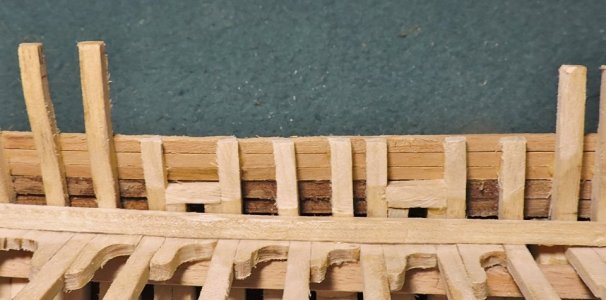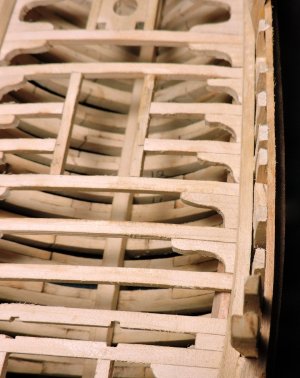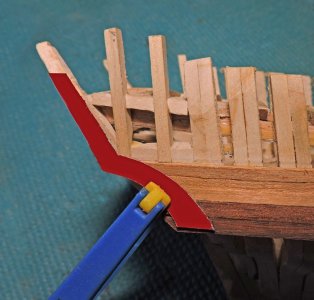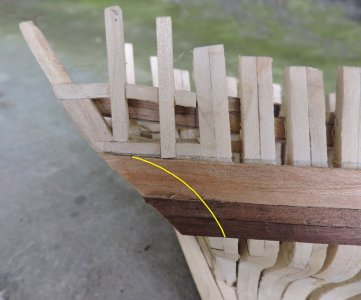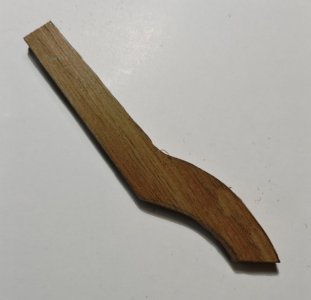- Joined
- Dec 1, 2016
- Messages
- 6,334
- Points
- 728

 |
As a way to introduce our brass coins to the community, we will raffle off a free coin during the month of August. Follow link ABOVE for instructions for entering. |
 |




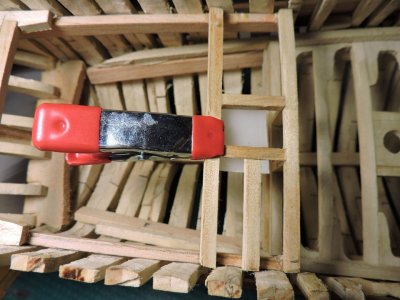



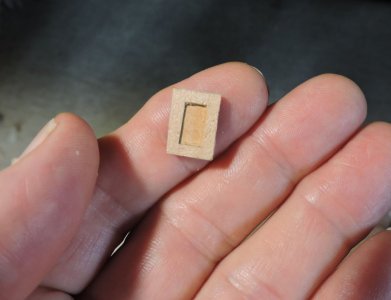
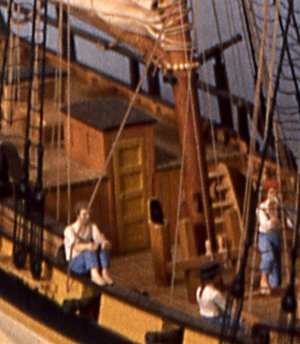

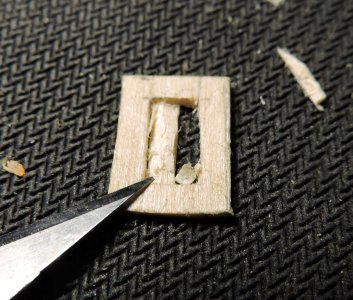
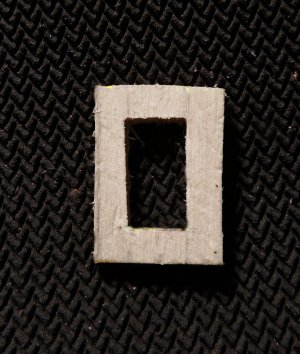
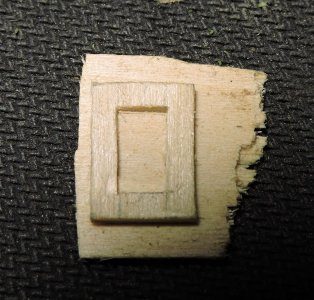
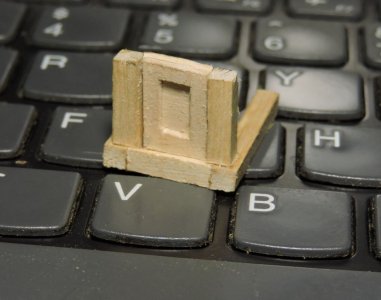


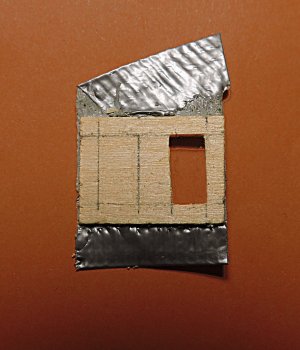



I'm glad I'm not the only one who has to re-learn this lesson every time.Now for some shop talk the first attempt for the sides of the companion way was to cut out the panel. I started with Basswood and after five tries the tiny piece kept breaking along the grain. Maybe the Basswood is just too soft so i tried a piece of Boxwood and discovered the boxwood was way to hard to cut with a knife. You would have to go over and over the same cut to get through the hard Boxwood. Taking into consideration there are 8 panels to cut this would take way too long.
View attachment 558628
Going back to the Basswood after all the tries i used a new sharp blade and very delicately cut away the panel.
View attachment 558629
Next i glued the open panel to a backing piece with the grain running at a 90 degree. This made the panel quite strong.
View attachment 558630
and successfully completed the back panel.
View attachment 558627View attachment 558631

That Dave says this, and structures his instructions with this in mind, is one reason that this is the best scratch building tutorial I have come across.there are times a builder shows a nice piece of work and did not tell you it took 5 tries. Scratch building is teaching yourself new tricks all along the way. Or the good old saying "i knew that was going to happen" or "by now i should know better" the big one "wow it worked"
scratch building is like the principles of quantum reality as a wave of probabilities you don't know the outcome until you try


I heartily agree and appreciate every little detail and honest transparency.That Dave says this, and structures his instructions with this in mind, is one reason that this is the best scratch building tutorial I have come across.
oh my that goes in the wow i did not expect that
but thanks for the comment
years ago, when i would read builders logs you see it being done then "pop" you see a finished picture. It always bugged me ok fine but how did you get from A to B So i started with detailed building and on another forum long ago i was told it is way too long we don't need a dissertation or literally step by step. I think successful model building is in those little details that get skipped over.

